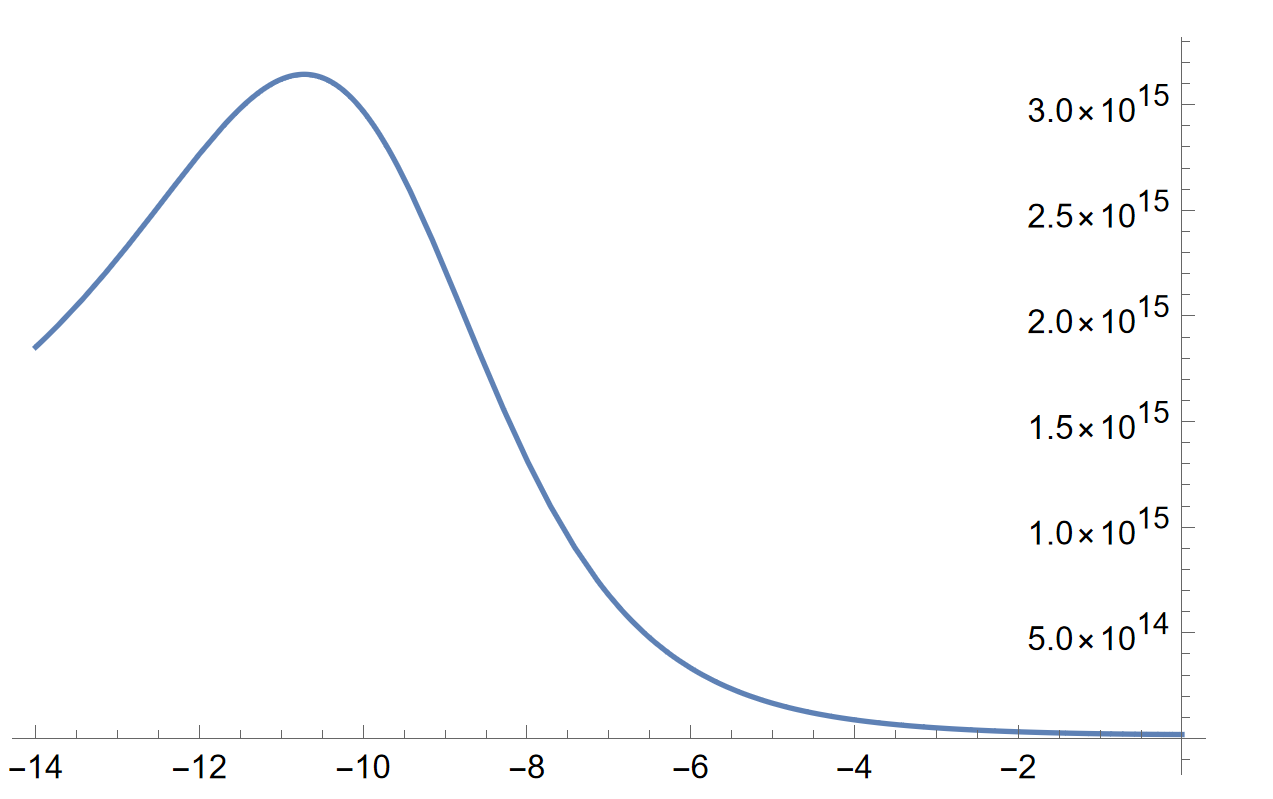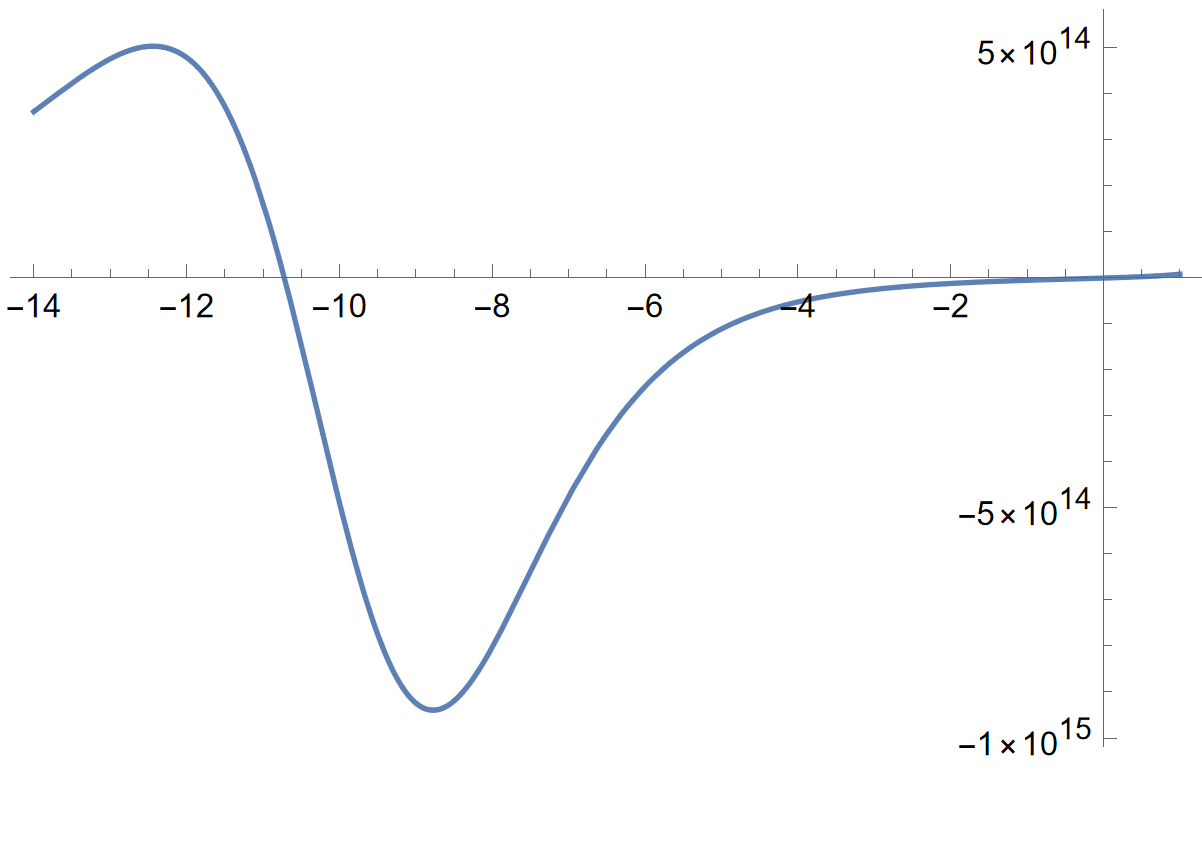I have a list given by:
CVlist = {{-14., 1.72277*10^-8}, {-13.9, 1.81891*10^-8}, {-13.8,
1.5097*10^-8}, {-13.7, 1.55127*10^-8}, {-13.6,
2.08915*10^-8}, {-13.5, 2.38538*10^-8}, {-13.4,
1.91246*10^-8}, {-13.3, 2.14892*10^-8}, {-13.2,
2.1801*10^-8}, {-13.1, 2.37498*10^-8}, {-13.,
1.99561*10^-8}, {-12.9, 2.46333*10^-8}, {-12.8,
2.08136*10^-8}, {-12.7, 2.21388*10^-8}, {-12.6,
2.15671*10^-8}, {-12.5, 2.01899*10^-8}, {-12.4,
2.29963*10^-8}, {-12.3, 2.29963*10^-8}, {-12.2,
1.73576*10^-8}, {-12.1, 2.02159*10^-8}, {-12.,
2.07096*10^-8}, {-11.9, 2.04498*10^-8}, {-11.8,
1.96962*10^-8}, {-11.7, 1.72537*10^-8}, {-11.6,
1.88647*10^-8}, {-11.5, 2.1827*10^-8}, {-11.4,
1.96183*10^-8}, {-11.3, 2.07616*10^-8}, {-11.2,
2.07356*10^-8}, {-11.1, 2.07616*10^-8}, {-11.,
1.94884*10^-8}, {-10.9, 2.10214*10^-8}, {-10.8,
1.95923*10^-8}, {-10.7, 1.80852*10^-8}, {-10.6,
1.79293*10^-8}, {-10.5, 2.03458*10^-8}, {-10.4,
2.12293*10^-8}, {-10.3, 2.04498*10^-8}, {-10.2,
1.90466*10^-8}, {-10.1, 2.1723*10^-8}, {-10., 1.97222*10^-8}, {-9.9,
2.09695*10^-8}, {-9.8, 2.03718*10^-8}, {-9.7,
2.29443*10^-8}, {-9.6, 2.22687*10^-8}, {-9.5, 2.10474*10^-8}, {-9.4,
2.05797*10^-8}, {-9.3, 1.82411*10^-8}, {-9.2,
1.74096*10^-8}, {-9.1, 1.81112*10^-8}, {-9., 2.14112*10^-8}, {-8.9,
2.24766*10^-8}, {-8.8, 2.18789*10^-8}, {-8.7, 2.40616*10^-8}, {-8.6,
2.18789*10^-8}, {-8.5, 2.45034*10^-8}, {-8.4,
3.06617*10^-8}, {-8.3, 2.39317*10^-8}, {-8.2, 2.49971*10^-8}, {-8.1,
2.30222*10^-8}, {-8., 2.39577*10^-8}, {-7.9, 2.57766*10^-8}, {-7.8,
2.93625*10^-8}, {-7.7, 3.04018*10^-8}, {-7.6, 3.0142*10^-8}, {-7.5,
3.17011*10^-8}, {-7.4, 3.14412*10^-8}, {-7.3, 3.352*10^-8}, {-7.2,
3.42995*10^-8}, {-7.1, 3.5079*10^-8}, {-7., 3.5079*10^-8}, {-6.9,
3.74177*10^-8}, {-6.8, 3.74177*10^-8}, {-6.7, 3.89767*10^-8}, {-6.6,
4.02759*10^-8}, {-6.5, 4.33941*10^-8}, {-6.4,
4.36539*10^-8}, {-6.3, 4.62524*10^-8}, {-6.2, 4.70319*10^-8}, {-6.1,
4.91107*10^-8}, {-6., 5.06697*10^-8}, {-5.9, 5.27485*10^-8}, {-5.8,
5.56068*10^-8}, {-5.7, 5.66462*10^-8}, {-5.6,
6.00241*10^-8}, {-5.5, 6.21029*10^-8}, {-5.4, 6.57407*10^-8}, {-5.3,
6.80793*10^-8}, {-5.2, 7.06778*10^-8}, {-5.1, 7.5355*10^-8}, {-5.,
7.82133*10^-8}, {-4.9, 8.08117*10^-8}, {-4.8, 8.47094*10^-8}, {-4.7,
8.73079*10^-8}, {-4.6, 9.14654*10^-8}, {-4.5,
9.51032*10^-8}, {-4.4, 9.79615*10^-8}, {-4.3, 1.01859*10^-7}, {-4.2,
1.05757*10^-7}, {-4.1, 1.09655*10^-7}, {-4., 1.12513*10^-7}, {-3.9,
1.15631*10^-7}, {-3.8, 1.18749*10^-7}, {-3.7,
1.21607*10^-7}, {-3.6, 1.24985*10^-7}, {-3.5, 1.28883*10^-7}, {-3.4,
1.30702*10^-7}, {-3.3, 1.3434*10^-7}, {-3.2, 1.37198*10^-7}, {-3.1,
1.40316*10^-7}, {-3., 1.43434*10^-7}, {-2.9, 1.46033*10^-7}, {-2.8,
1.49671*10^-7}, {-2.7, 1.52529*10^-7}, {-2.6,
1.55907*10^-7}, {-2.5, 1.58765*10^-7}, {-2.4, 1.61623*10^-7}, {-2.3,
1.64222*10^-7}, {-2.2, 1.6786*10^-7}, {-2.1, 1.70718*10^-7}, {-2.,
1.73576*10^-7}, {-1.9, 1.76954*10^-7}, {-1.8, 1.79813*10^-7}, {-1.7,
1.8371*10^-7}, {-1.6, 1.87088*10^-7}, {-1.5, 1.90466*10^-7}, {-1.4,
1.93844*10^-7}, {-1.3, 1.97482*10^-7}, {-1.2, 2.0112*10^-7}, {-1.1,
2.04758*10^-7}, {-1., 2.08915*10^-7}, {-0.9, 2.13592*10^-7}, {-0.8,
2.1827*10^-7}, {-0.7, 2.23207*10^-7}, {-0.6, 2.28144*10^-7}, {-0.5,
2.33081*10^-7}, {-0.4, 2.37498*10^-7}, {-0.3,
2.40356*10^-7}, {-0.2, 2.41136*10^-7}, {-0.1, 2.40356*10^-7}, {0.,
2.39577*10^-7}, {0.1, 2.38018*10^-7}, {0.2, 2.35939*10^-7}, {0.3,
2.32561*10^-7}, {0.4, 2.27624*10^-7}, {0.5, 2.21648*10^-7}, {0.6,
2.15411*10^-7}};
The listplot of the data $y$ vs $x$ looks something like:

Now, I want to smooth the data and then interpolate it so that I can calculate the quantity $\frac{d(1/y^2)}{dx}$ as a function of x. What is the best way to go about this data manipulation and how to calculate this derivative?









Interpolation[]. $\endgroup$